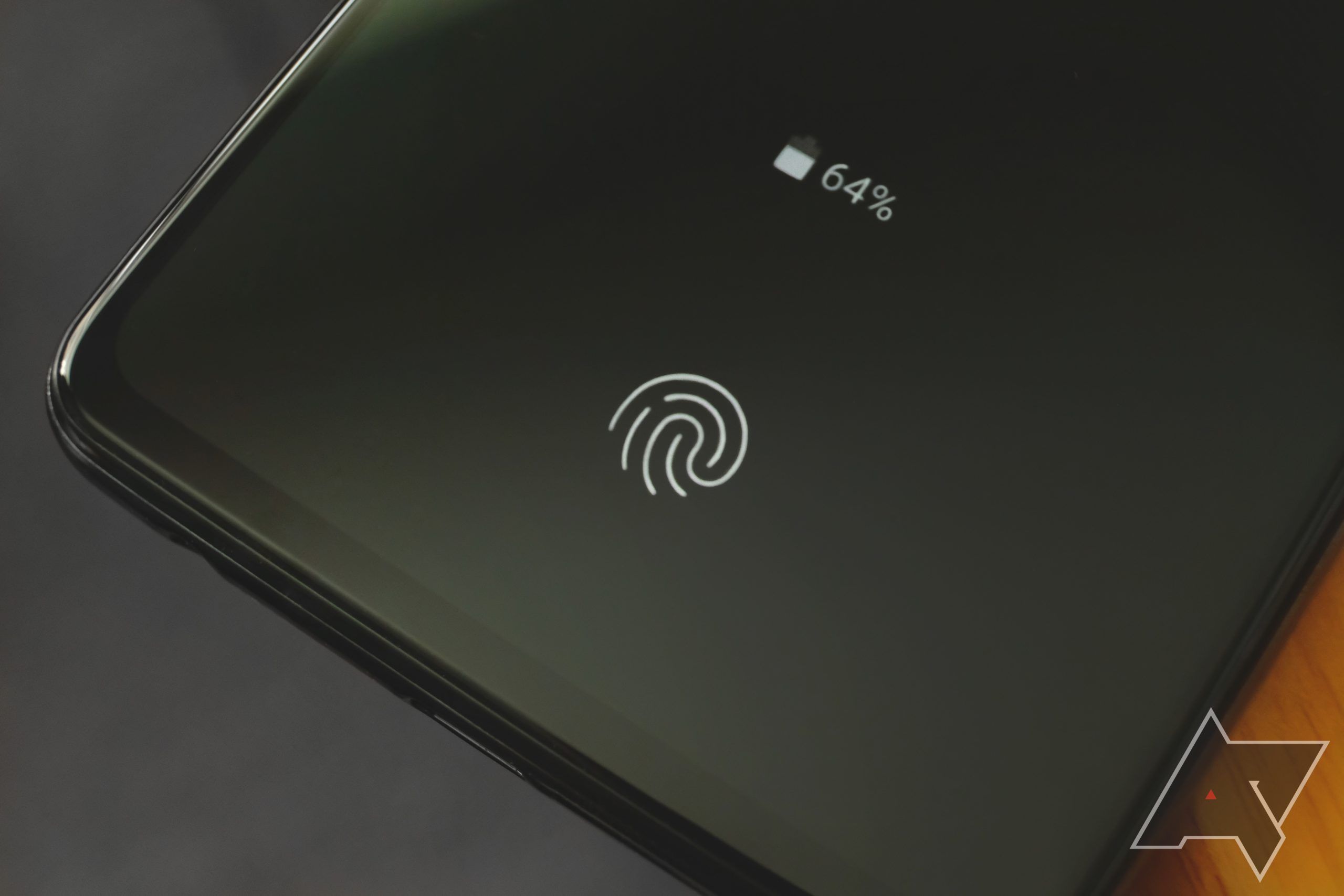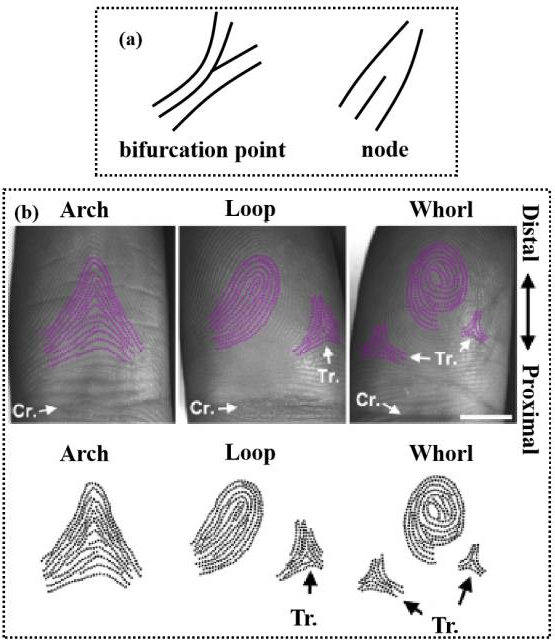Despite our best efforts, locks are susceptible to picking and passwords to hacking. So, how should we protect our stuff? The answer might lie in biometrics. Once a feature of Sci-fi cinema, fingerprint scanning technology now fits in our pockets, marking its presence across devices from secure buildings to ATMs and premium Chromebooks. There are three primary types of fingerprint scanners: optical, capacitive, and ultrasonic. Here’s how these technologies function and why they are favored today.

How to improve fingerprint accuracy on your phone
Tired of your fingerprint sensor letting you down? Follow these tips for always accurate scanning
Optical fingerprint scanners
Optical fingerprint scanners are the earliest fingerprint detection technology. These scanners leverage visible light and an image capture device to record fingerprints accurately. This technology captures your fingerprint by snapping a photo and converting this image into a digital format.
The process hinges on a light-sensitive microchip, either a Charged Coupled Device (CCD) or a metal-oxide semiconductor (CMOS), which discerns the unique patterns of ridges and valleys on your fingerprint. As ridges and valleys reflect light differently, the scanner translates these physical patterns into 1s and 0s binary chains, creating a unique digital key for each user.
Optical fingerprints are a trifecta of accuracy, robustness, and simplicity, making them a prime choice in different settings, from security systems to personal tech gadgets. However, they’re not without their drawbacks, most notably spoofing.
With the necessary skills, it’s possible to craft false fingerprints that outsmart some scanners — a feat famously achieved by Jamie Hyneman and Adam Savage on MythBusters. Also, dirt, moisture, or oil on either the finger or scanner surface can degrade the quality of the fingerprint scan, leading to errors in the identification process.
Capacitive fingerprint scanners
While capacitive fingerprint scanning technology has been a staple feature in phones for years, the iPhone 5S brought this technology into the limelight. The scanner’s surface is made of a conductive material (copper or indium tin oxide) connected to capacitive circuits underneath.
Source: picjumbo on Pexels
As a finger presses against the sensor, the ridges affect the capacitor differently than the valleys since they have more contact with the sensor. The sensor precisely maps out this variation in electrical charge storage, giving an accurate fingerprint picture.
The compact nature of capacitive sensors makes them an ideal choice for smartphones and laptops. They offer a security advantage over optical sensors due to their lower susceptibility to spoofing. These scanners come with the added perk of movement detection.
This opens up possibilities for soft button functions, force-sensing features, and interactive UI elements. Their limitation is their sensitivity to the skin’s condition (be it too dry or too moist), which affects the electrical conductivity and, by extension, the quality of the scan.
Ultrasonic fingerprint scanners
Ultrasonic sensors are the newcomers to fingerprint scanning, bringing a touch of premium innovation. Although this ultrasonic technology is pricey, it’s paving the way for advanced in-display scanning methods. This technology operates similarly to ultrasonography.
These sensors emit ultrasonic pulses to the finger, which are sound waves beyond the audible range of humans. The unique densities of the fingerprint’s ridges and valleys result in varied echo intensities upon contact with these pulses. The sensor translates these echo variations into a comprehensive 3D fingerprint map.
Ultrasonic sensors improve fingerprint scanning by offering a 3D perspective, unlike the 2D representations by optical and capacitive sensors. This dimensional depth affords ultrasonic sensors higher accuracy and better defense against spoofing attempts.
Unlike its predecessors, ultrasonic technology penetrates surface contaminants like dirt, oil, and moisture, allowing accurate scans no matter what. However, the novelty of ultrasonic sensors translates to a higher price and slower capture speeds compared to optical and capacitive varieties.
The role of software in fingerprint scanning
Fingerprint scanners are also distinguished by their software and additional components, which influence consumer performance and features. Fingerprint identification algorithms differ from manufacturer to manufacturer, so they vary in speed and accuracy.
A key element is the dedicated IC that processes scanned data. It uses algorithms to identify unique fingerprint features, such as arches, loops, and whorls, improving speed and handling partial prints or smudges. The process reduces processing power needs and makes it more reliable.
Source: Yu, Y., Niu, Q., Xiaoshi, L., Xue, J., Liu, W. and Lin, D. (2023). A Review of Fingerprint Sensors: Mechanism, Characteristics, and Applications.
The trade-offs of fingerprint scanning technologies
Optical scanners excel in speed and fit under display screens, but they can be outsmarted. Capacitive readers, equally quick and more secure, aren’t concealable under screens. Ultrasonic scanners present a balanced option, combining decent operational speed, superior security, and the ability to function under glass, were it not for their steep cost.
In the present fingerprint scanning tech arena, it’s a pick-and-choose situation between these qualities. Still, the future may surprise us with innovations. In the meantime, register your fingerprint, pick a strong password, and make the most of the best technology available.
Source link



